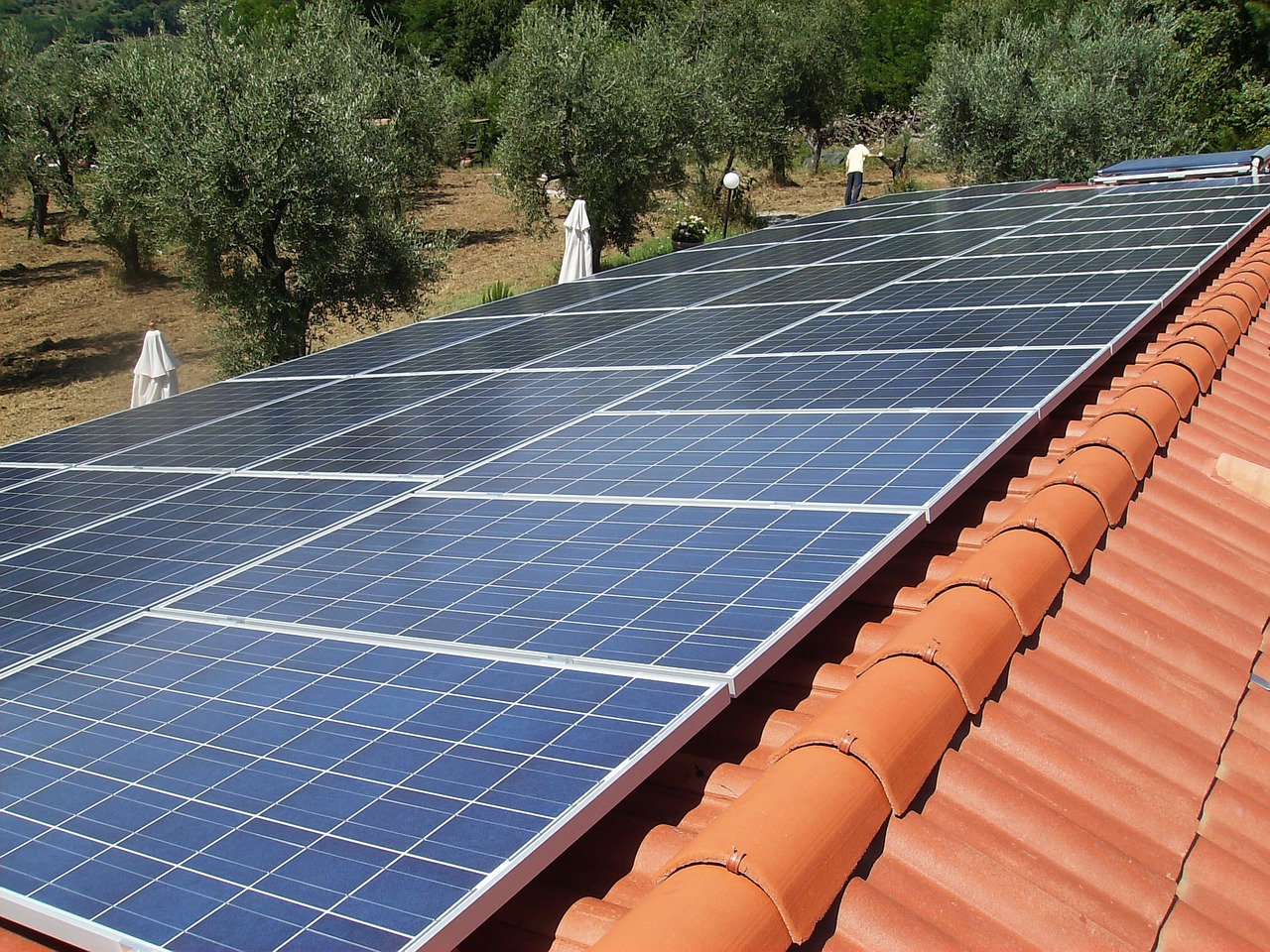AUSTRALIAN electricity prices are amongst the highest in the world and unlike in other states, Perth consumers cannot change suppliers. Therefore there is no competition between electricity retailers to reduce costs.
But here are things that the consumer can do to reduce their bills.
Curtin University sustainability expert, Dr Dev Tayal says the first step is awareness of your usage.
“Work out your consumption pattern. Find out what is using most electricity and contributing to the bills and work back from there.
“For most people the main items are hot water heating, the temperature you choose to maintain your rooms and whether you have solar photovoltaic panels,” he said.
Using the sun or a heat-pump to heat your water is a first step to reducing power bills.
The next appliance to look at is your fridge.
Many seniors have a fridge too large for their needs as they bought it while children were still at home.
Check the Choice website to find the optimum size of fridge for your family and the most efficient to run.
Choice says just keeping the door shut as much as possible will save up to 40 per cent of electricity consumption.
Each time you open the door cold air flows out and needs to be recooled when the door is closed.
Plan what items you need and take them all out in one go.
The next thing to consider is heating and cooling costs.
If you install air conditioning choose reverse cycle for both your heating and cooling.
But there is much you can do to reduce the need to run your unit.
Insulation in the roof space to reduce heat loss in winter and gain in summer is a no brainer and affordable especially if you do it yourself.
Other changes you can make at very small cost is putting shades over north-facing windows to keep out sun in summer and allow it in in winter.
A pergola with deciduous climbers such as vines or wisteria will work as well.
Modern light emitting diodes (LED) are very energy efficient and the globes last a very long time. Replace existing lights with LED as you need to replace them.
The next step is to install a photovoltaic system to generate electricity from solar panels (PV) on your roof.
The average price of electricity generated by a PV system is much lower than the average price of electricity purchased, so installing PVs makes sense.
The next thing to consider is load shifting said Dr Tayal.
Households are paid a feed-in tariff for the power they export to the grid.
Depending on when you installed solar this can be greater or less than Synergy charges for electricity they supply to you.
If your feed-in tariff is high it pays to maximise export by using appliances at night as far as possible when your solar panels are not generating electricity.
On the other hand if your feed in tariff is low you need to use your solar generated electricity yourself.
He said you use your water heater to store energy during the daytime.
“You can either do your own audit or install a high tech monitoring device to load shift automatically.
“As electricity prices rise and as some of the more generous rebates and feed-in tariffs wind back, we’re only going to see an increased uptake of smart intelligent devices,” he said.
Not only does saving electricity save you money, it reduces carbon dioxide emissions and helps fight global warming. Its a win-win situation all round.
































